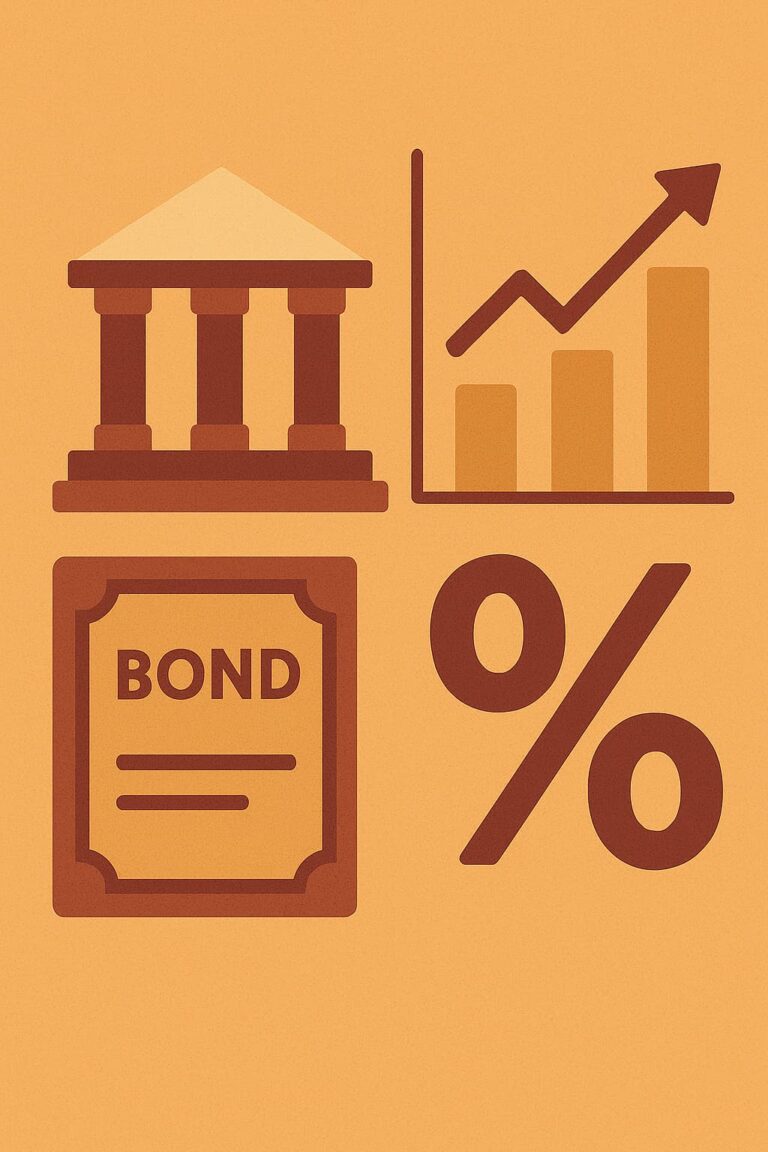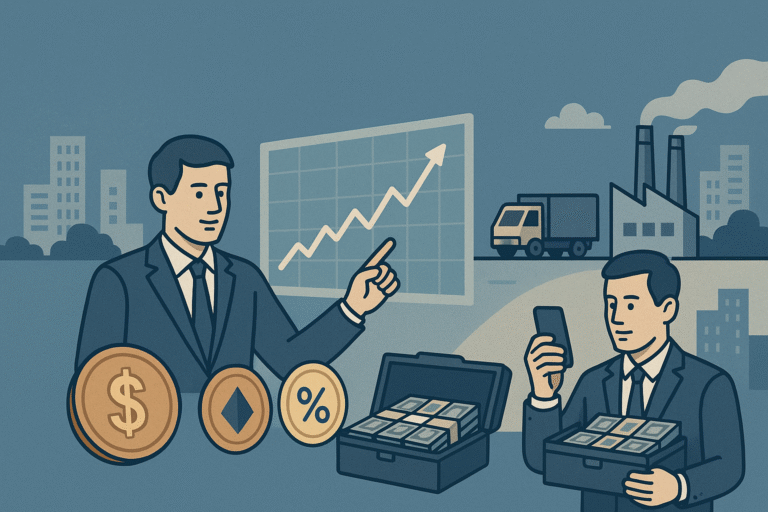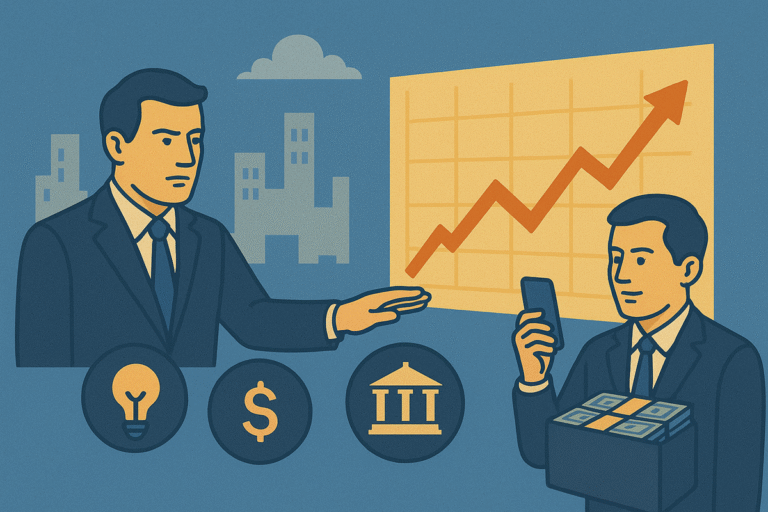Dividend investing has long been favored by income-seeking investors. The idea is simple: buy shares of stable companies that pay regular dividends and enjoy a stream of passive income—while potentially benefiting from long-term capital appreciation.
But as market dynamics evolve and interest rates fluctuate, some experts have begun to ask:
Is dividend investing a reliable wealth-building strategy—or a value trap in disguise?
Let’s break down what dividend investing really is, its advantages and risks, and whether it still makes sense in 2025.
What Is Dividend Investing?
Dividend investing involves buying stocks of companies that return a portion of their profits to shareholders in the form of cash payments, known as dividends. These are typically paid quarterly.
Types of Dividend Stocks:
- Blue-chip stocks – Large, established companies like Coca-Cola, Johnson & Johnson, or Procter & Gamble.
- REITs (Real Estate Investment Trusts) – Often offer higher yields, legally required to distribute most of their income.
- Utilities and telecoms – Known for consistent dividends due to stable cash flows.
- Dividend aristocrats – Companies that have increased dividends for 25+ consecutive years.
The Case for Dividend Investing
1. Passive Income Stream
Dividend investing is often compared to owning a rental property without the hassle. It provides regular cash flow, making it attractive for:
- Retirees
- FIRE (Financial Independence, Retire Early) enthusiasts
- Income-focused investors
2. Compounding Through DRIPs
Dividend Reinvestment Plans (DRIPs) automatically reinvest dividends to buy more shares. Over time, this creates powerful compound growth.
3. Lower Volatility
Dividend-paying companies are typically mature and less volatile. During market downturns, dividend payments can help cushion losses.
4. Signal of Financial Health
A company that consistently pays or raises dividends often demonstrates:
- Strong cash flow
- Shareholder commitment
- Business model stability
The Risks: Is It a Value Trap?
1. High Yield Can Be a Red Flag
A dividend yield that’s too high (e.g., over 6–8%) may signal underlying problems:
- Poor earnings
- Market skepticism
- Potential dividend cuts
This is known as a value trap—a stock that looks cheap but continues to underperform or decline.
2. Dividend Cuts Hurt
When companies face financial trouble, dividends are often the first to go. This can cause:
- Stock price drops
- Loss of income
- Damaged investor confidence
3. Limited Growth Potential
Dividend payers, especially mature companies, may lack explosive growth potential compared to high-growth tech or innovation stocks.
- Capital is returned to shareholders rather than reinvested in growth.
- In bull markets, dividend stocks may underperform.
4. Tax Considerations
In some countries, dividends are taxed at higher rates than capital gains, reducing net returns. Always consider:
- Your local tax laws
- Holding dividend stocks in tax-advantaged accounts, if available
Dividend Investing in 2025: Key Trends
1. Rising Interest Rates
As interest rates rise, bond yields and savings account rates become more competitive with dividend stocks. Investors may shift capital away from equities.
However, companies with:
- Low debt
- Consistent free cash flow
remain strong dividend candidates even in high-rate environments.
2. Post-COVID Market Volatility
Dividend-paying companies have shown resilience during the pandemic and inflation surges. Sectors like energy, utilities, and healthcare are still favorites for yield-seekers.
3. Dividend Growth vs. High Yield
Many investors are moving away from high-yield traps toward dividend growth stocks—companies with a track record of increasing payouts consistently.
Dividend growth may offer:
- Better long-term performance
- Lower risk of cuts
- Stronger fundamentals
Metrics to Evaluate Dividend Stocks
When considering a dividend stock, go beyond the yield. Look at:
| Metric | What It Tells You |
|---|---|
| Dividend Yield | Current payout vs. stock price |
| Payout Ratio | Portion of earnings paid as dividends (lower is safer) |
| Dividend Growth Rate | Consistency and speed of dividend increases |
| Free Cash Flow | Ability to sustain dividend payments |
| Debt Levels | Companies with high debt may struggle to maintain dividends during downturns |
Example:
A stock yielding 4% with a 35% payout ratio and rising free cash flow is often safer than one yielding 8% with a 95% payout and flat cash flow.
Real-World Example: AT&T’s Dividend Cut (2022)
AT&T had long been a favorite among dividend investors—until it slashed its dividend by nearly 50% in 2022.
Why?
- Mounting debt
- Capital-intensive expansion (e.g., 5G and media)
- A need to refocus operations
The lesson: Even giants can cut dividends. Don’t chase high yields without understanding the business fundamentals.
Is Dividend Investing Right for You?
Best For:
- Long-term investors seeking passive income
- Risk-averse investors prioritizing stability
- Retirees or near-retirees
- Investors who prefer “sleep well at night” portfolios
Not Ideal For:
- Growth investors seeking high capital appreciation
- Traders focused on short-term gains
- Those unwilling to research company fundamentals
Final Thoughts: Passive Income or Value Trap?
Dividend investing can be a powerful tool for wealth building—when done right. It’s not a guaranteed winning strategy, nor is it outdated.
The key is not to chase yield, but to seek quality companies with sustainable dividends and strong fundamentals.
In 2025 and beyond, expect dividend investing to evolve, especially as interest rates, inflation, and global uncertainties shift the market landscape. But the principle remains: cash flow matters—especially when markets are turbulent.





